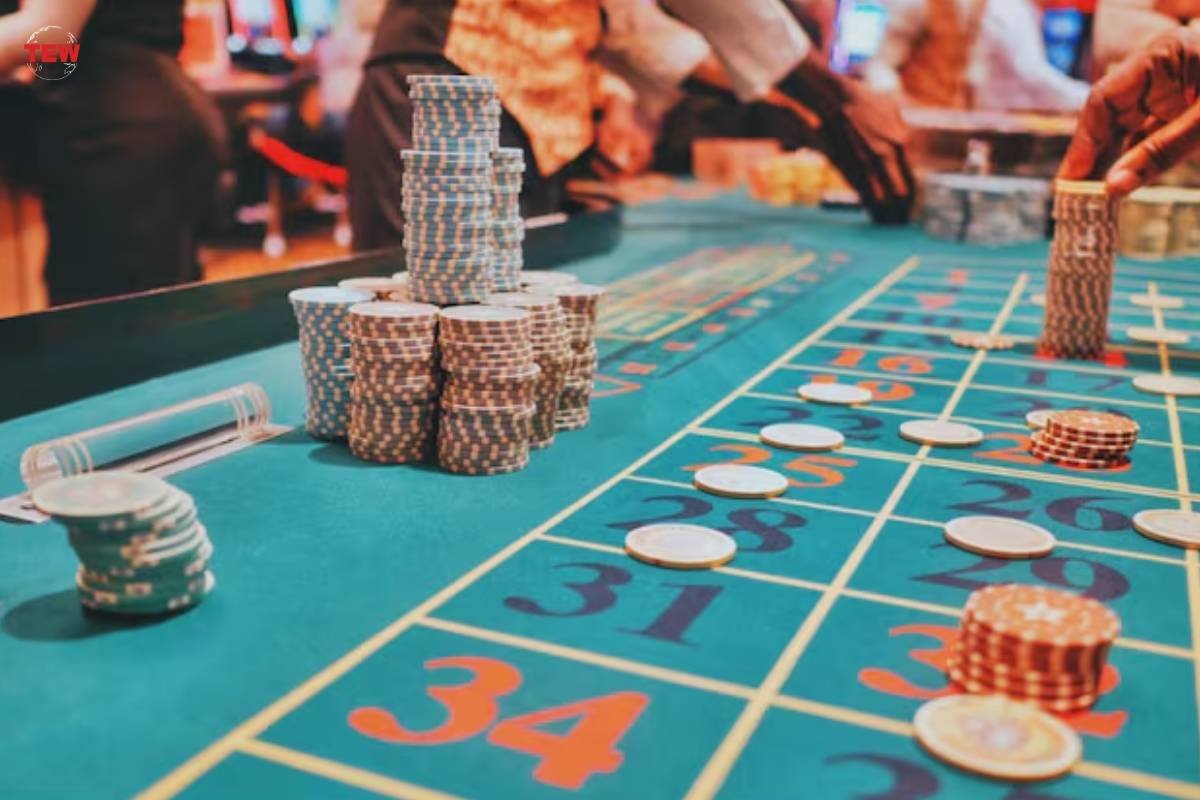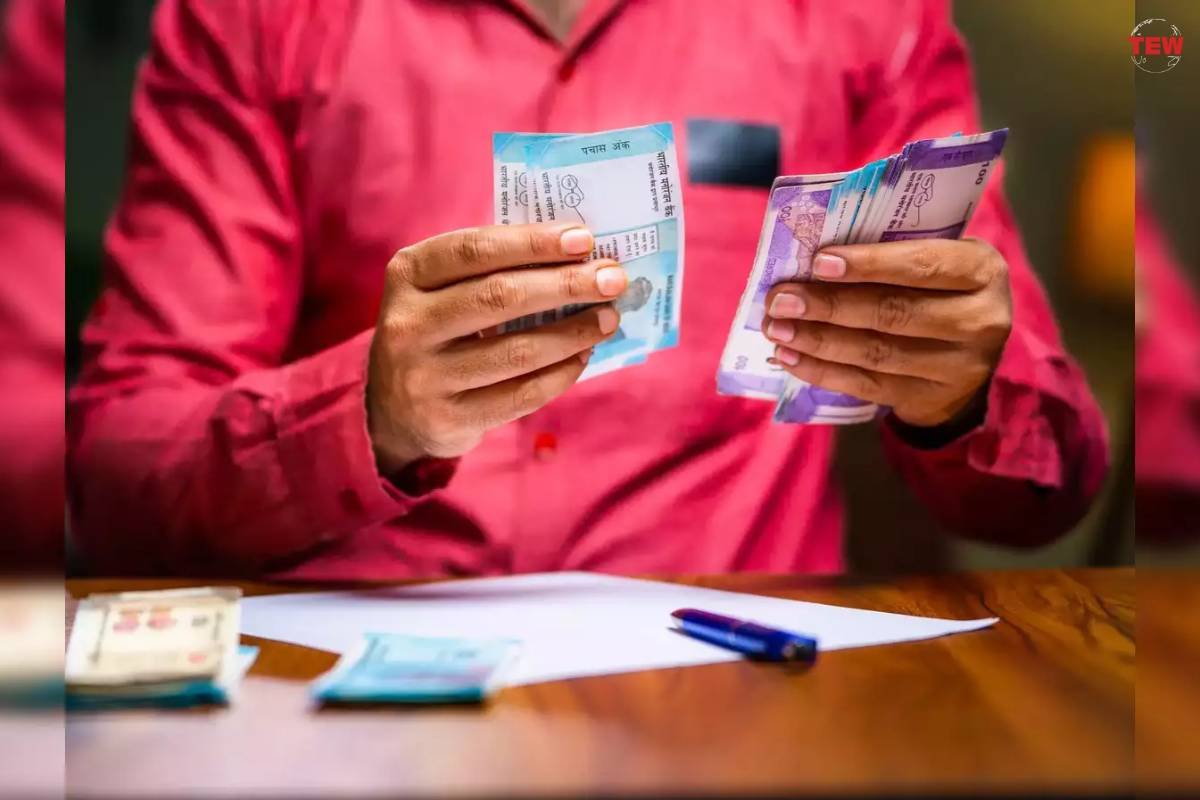Yesterday, Singh publicly criticized Bankman-Fried for his ongoing venture investments, despite being aware that these investments were financed with customer funds. He went so far as to label the actions taken at FTX as “malevolent.” However, today, the defense team brought forth a significant revelation in Singh’s financial dealings. They pointed out that Singh had acquired a substantial loan from FTX to purchase a $3.7 million residence on Orcas Island, Washington, after learning of the misappropriation of customer funds. This development follows my previous frustrations with Bankman-Fried’s defense, which often seemed directionless and perplexing. Today, they finally managed to make some compelling points.
Portray Bankman-Fried’s alleged co-conspirators
Up until this point, the prosecution’s witnesses, particularly Caroline Ellison, the former CEO of Alameda, have been deemed credible. In contrast, the defense has been diligently working to portray Bankman-Fried’s alleged co-conspirators as individuals seeking to safeguard themselves at his expense. It is worth noting that all three of these co-conspirators have admitted to various crimes, entered into cooperation agreements, and await sentencing. While the suggestion that Singh might have been embezzling funds from the company may not bode well for Bankman-Fried, given that Singh was not primarily involved in financial matters, someone higher up had to approve such actions. Nevertheless, this represents the most effective attempt by the defense to challenge a witness’s credibility so far.
Defense attorney Mark Cohen commenced his cross-examination by following the legal tradition of scrutinizing the witness. Some of his questions were expected, such as why Singh, as the head of the engineering department and not marketing, was offering opinions on the appropriateness of spending $1 billion on sponsorships. Cohen then delivered a clever quip regarding the Bahamas penthouse, where billionaires and millionaires cohabited, which added a touch of humor to the proceedings.
Singh claimed he was unsure of what was considered normal for billionaires, to which Cohen retorted, “But not confused enough to move out.” However, Cohen’s momentum waned thereafter. In contrast to the prosecution’s strong narrative, which even managed to evoke emotional responses from witnesses, the defense seemed to lack a clear chronological storytelling structure. Today’s proceedings jumped back and forth between various dates in 2020, 2021, and 2022, creating a sense of disarray.
Sam Bankman-Fried’s Defense Strategy Is That He’s an ‘Idiot,’ Attorney Says
An auto-deleveraging process was implemented
One pivotal moment occurred in July 2019 when Singh authored the “allow_negative” code under the direction of Gary Wang, FTX’s co-founder and chief technology officer, who, like Singh, has confessed to several crimes. Singh indicated that he understood the purpose of the code was to facilitate the movement of FTT tokens and modernize certain accounting functions. Wang had previously testified that this code’s primary function was to enable Alameda Research, co-owned by Wang and Bankman-Fried, to withdraw funds from their account even when it had insufficient funds.
In August 2020, FTX encountered its first instance where none of the market-makers, including Alameda Research, could assist in liquidating an account (as Alameda had depleted its collateral). Consequently, an auto-deleveraging process was implemented, an alternative risk management system that shifted losses onto certain traders, resulting in customer dissatisfaction.





